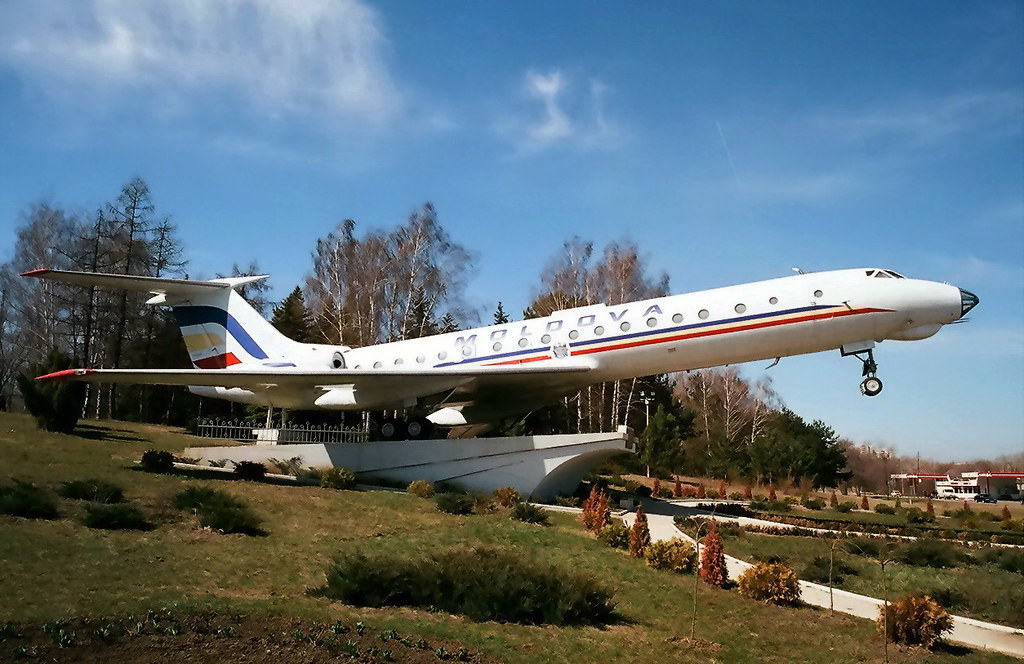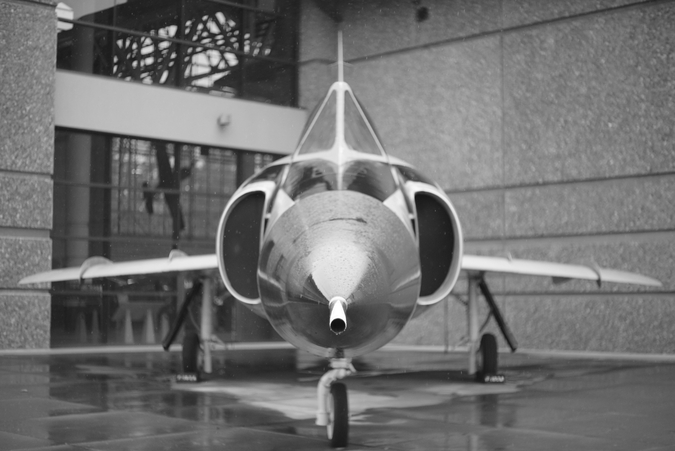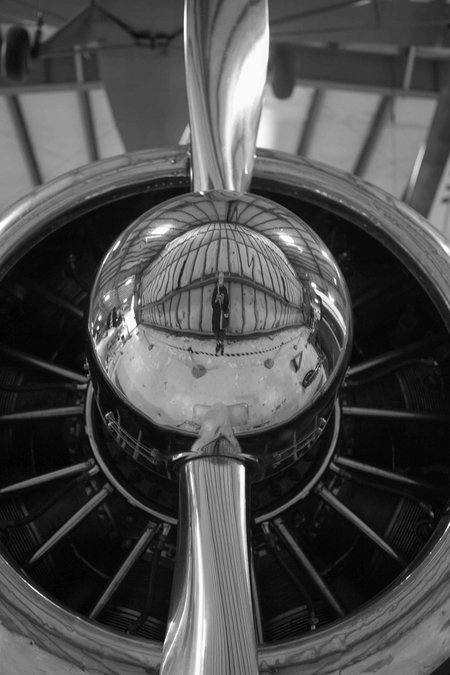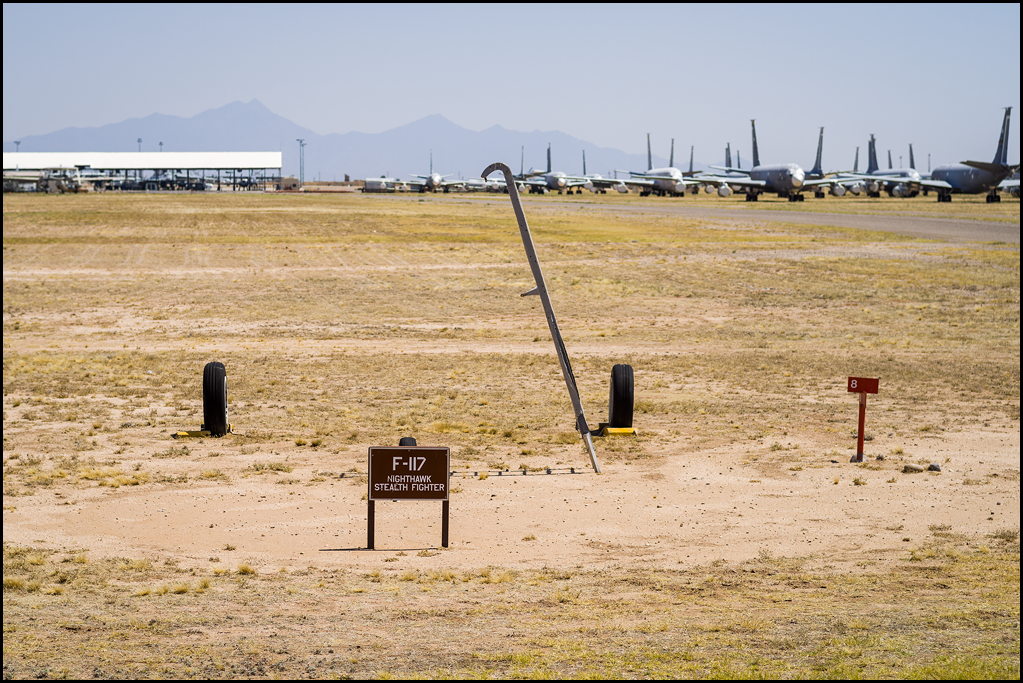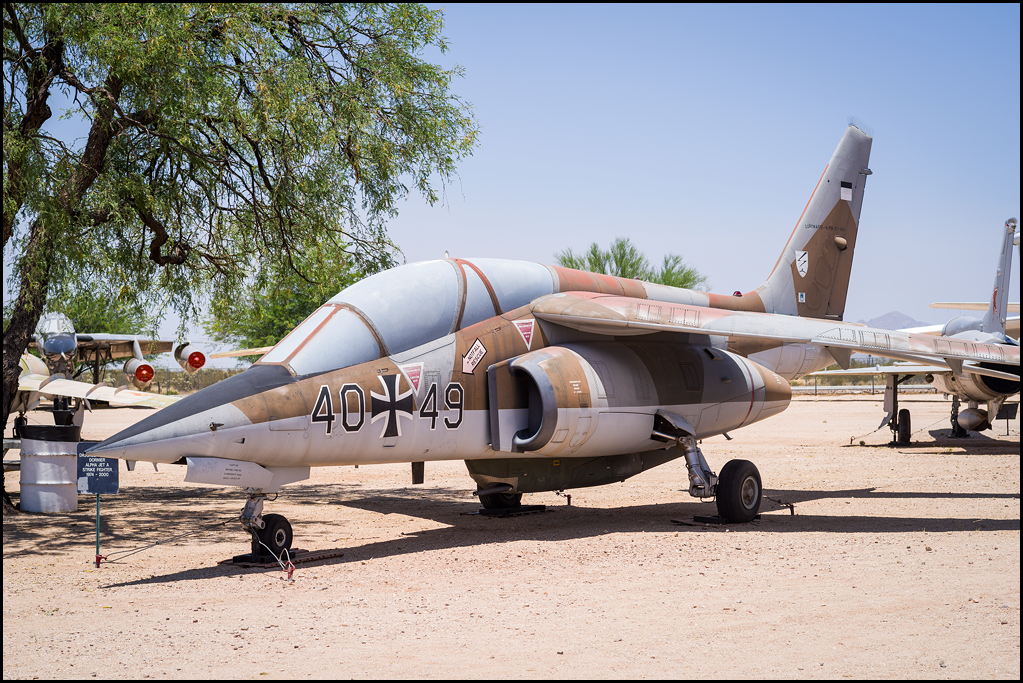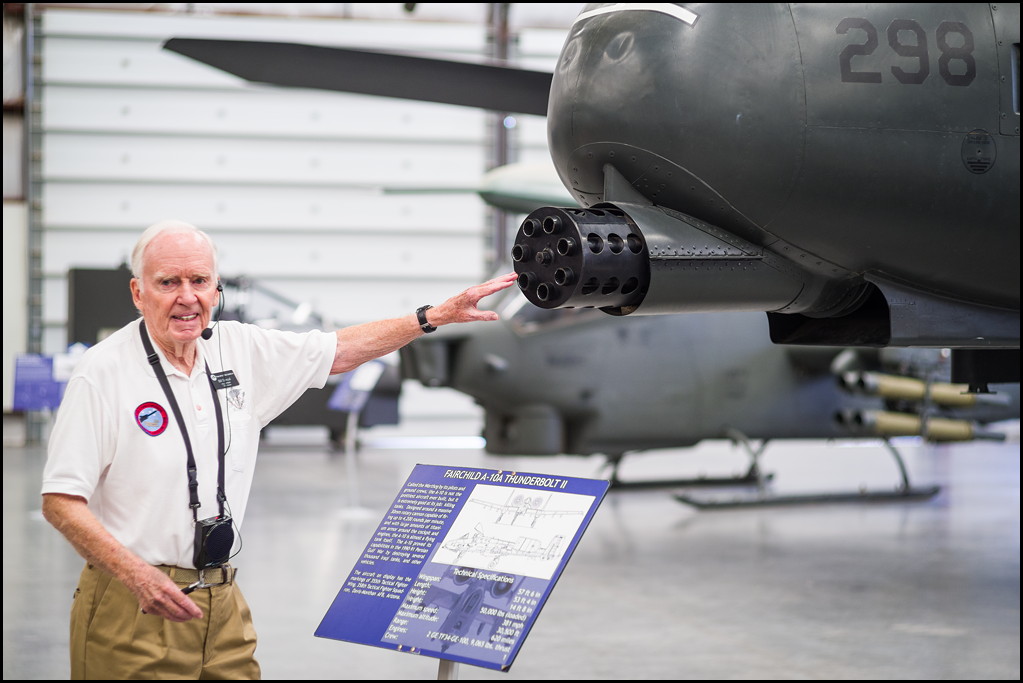Bob Michaels
nobody special
final 3 days in the life of an old airliner
final 3 days in the life of an old airliner
This 40 passenger twin radial engine Convair 240 was built in 1950. This one had been a roadside display at a local small airport for 12 years. As it was suffering from the elements, the decision was made to dispense with it. These 7 photos show it's final 3 days.
The twin 18 cylinder radial engines producing 2,400 horsepower each are no longer used on any operational aircraft. But some of the parts are usable on later models so an aircraft junkyard bought the engines.
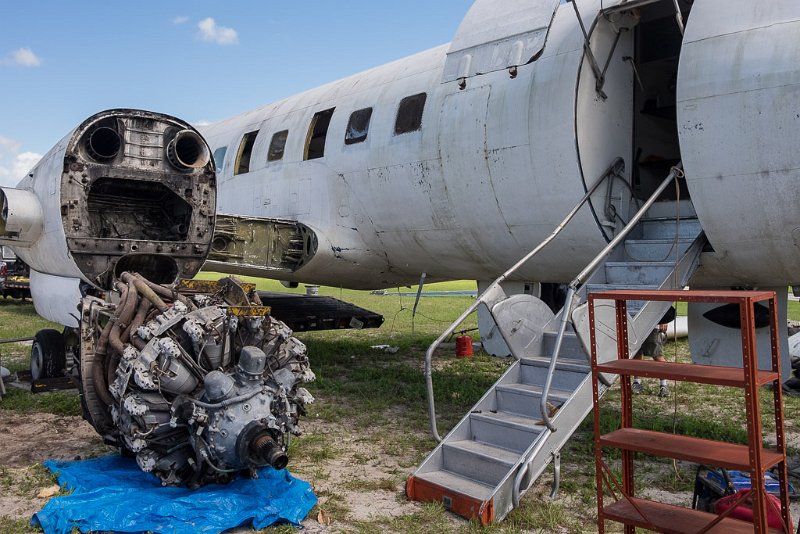
A movie prop rental house bought the 40 seats since they had an aircraft fuselage but no seats.
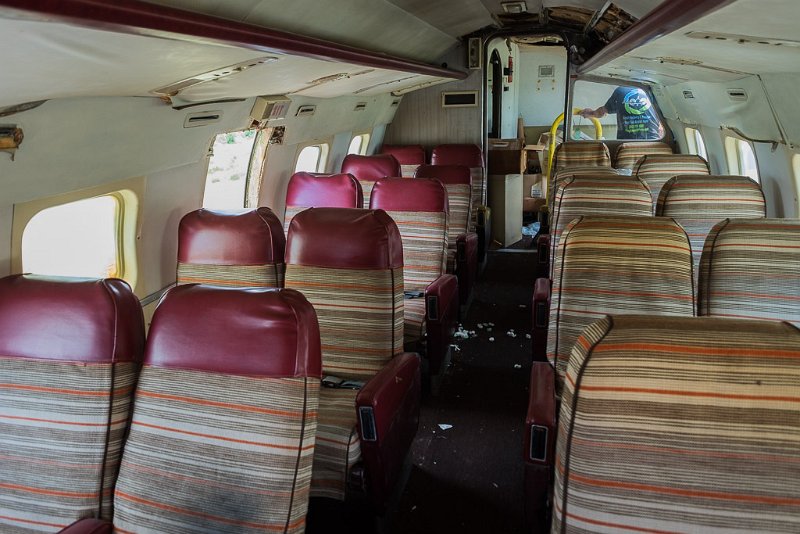
Then it became a simple matter of cutting up the aircraft into pieces that could be hauled to the recycling yard. It became worth 15 cents a pound for the aluminum and 5 cents a pound for the steel.
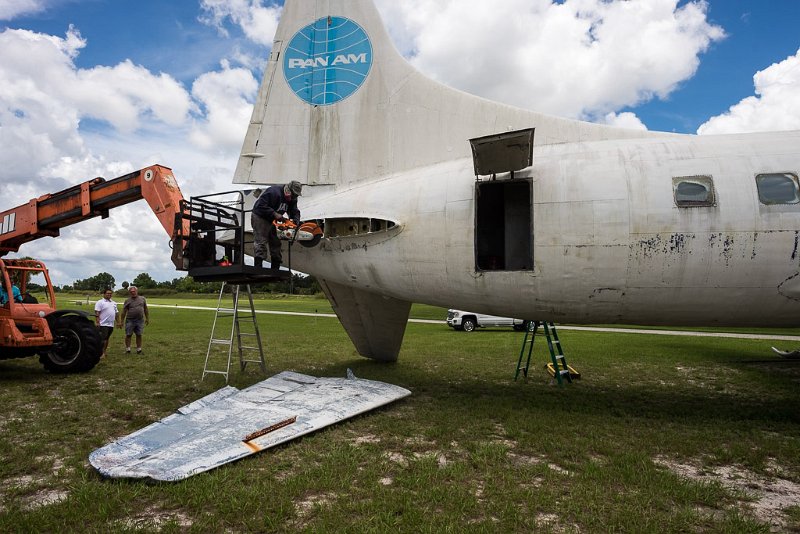
On day 2, it was coming apart.
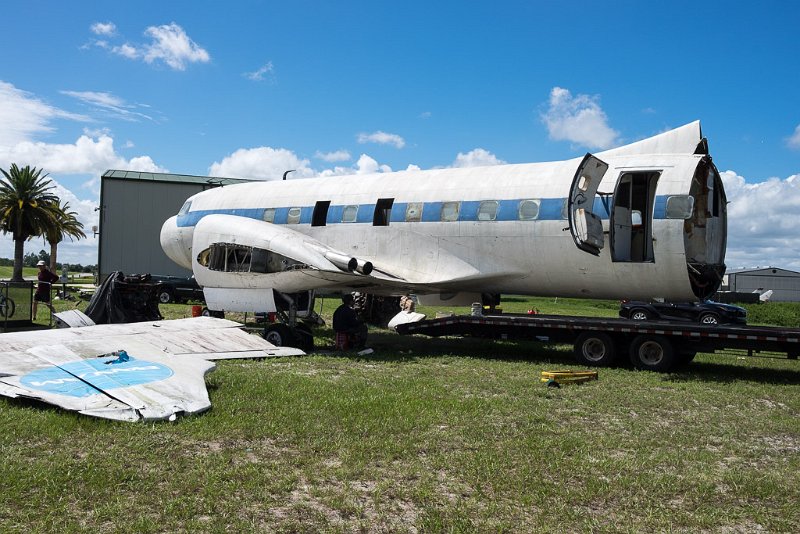
A local aviation school asked it they could have the cockpit so the entire nose was cut off and loaded onto their trailer. The twin ashtrays, one for the pilot, one for the co-pilot, was a throwback to a different era.
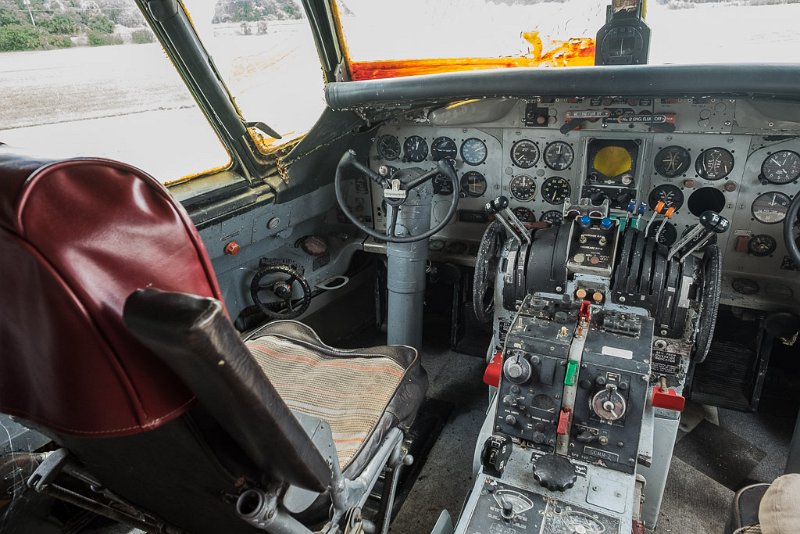
End of day 2, the end was approaching
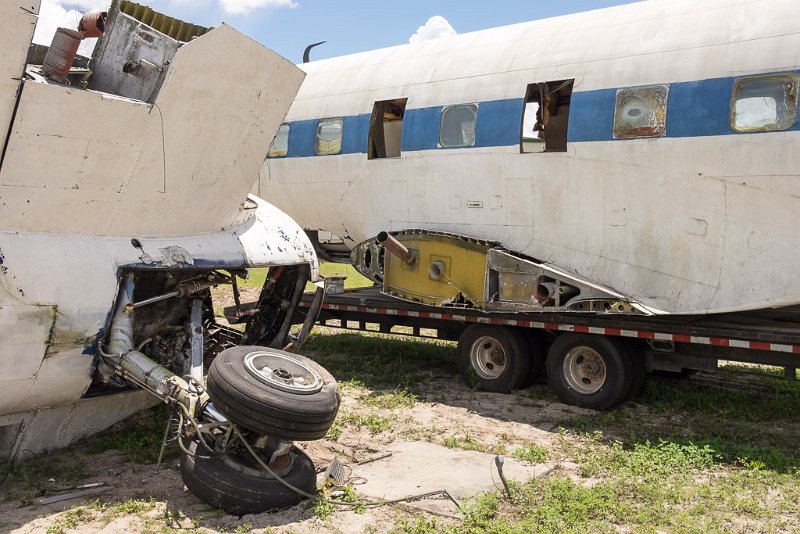
Day 3, all cut up into transportable sections and off to the metal recycling facility.

final 3 days in the life of an old airliner
This 40 passenger twin radial engine Convair 240 was built in 1950. This one had been a roadside display at a local small airport for 12 years. As it was suffering from the elements, the decision was made to dispense with it. These 7 photos show it's final 3 days.
The twin 18 cylinder radial engines producing 2,400 horsepower each are no longer used on any operational aircraft. But some of the parts are usable on later models so an aircraft junkyard bought the engines.

A movie prop rental house bought the 40 seats since they had an aircraft fuselage but no seats.

Then it became a simple matter of cutting up the aircraft into pieces that could be hauled to the recycling yard. It became worth 15 cents a pound for the aluminum and 5 cents a pound for the steel.

On day 2, it was coming apart.

A local aviation school asked it they could have the cockpit so the entire nose was cut off and loaded onto their trailer. The twin ashtrays, one for the pilot, one for the co-pilot, was a throwback to a different era.

End of day 2, the end was approaching

Day 3, all cut up into transportable sections and off to the metal recycling facility.



